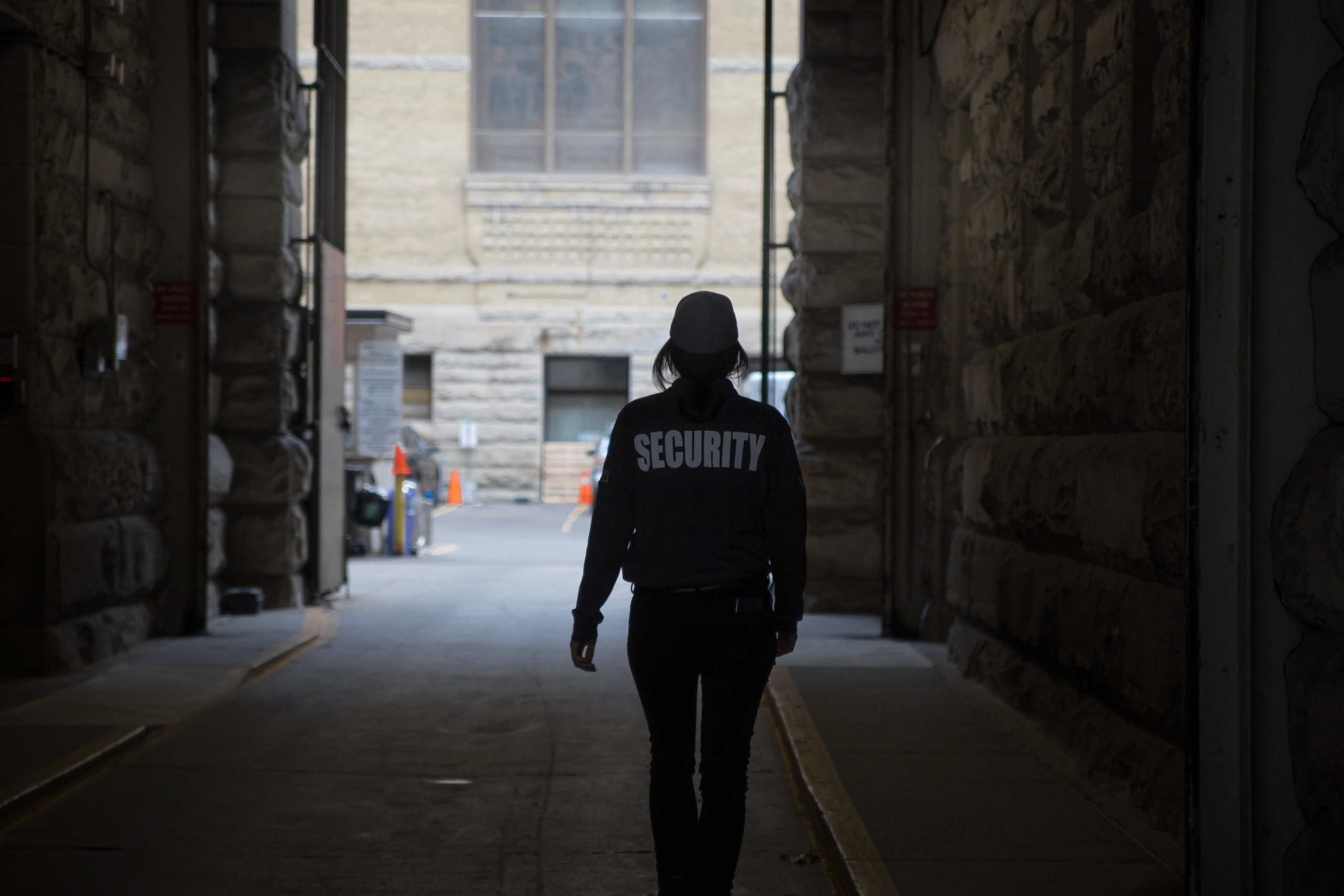Finding innovative ways to solve ongoing security challenges is crucial for law enforcement and security agents. The use of new technologies makes it easier for those in charge of securing premises to do their job diligently.
Wearables are pieces of technology, usually connected to the internet through Wi-Fi® or Bluetooth®, that are accessories for your body. More and more applications for wearable technology are emerging in the security industry, and security personnel can definitely benefit from their uses.

There’s a lot of consumer enthusiasm when it comes to wearables, and it’s expected to grow rapidly in the coming years. It won’t be long before wearable technology takes over when we see security professionals incorporate wearables into their daily routines.
Let’s discuss five examples of the emerging technologies for wearables that can be used by security teams worldwide.
1. Internet-Connected Jackets

In South Africa, Jasco®, a security company, released a connected security jacket that security guards in the area will wear while on the job.
One of the main benefits of using these innovative jackets is that the worker schedules can be more closely monitored, and workers can be held accountable for their actions. In emergencies, the battery-powered antenna located within the jacket’s shoulder has a panic button, so security personnel can relay the information to emergency services.
The jackets have image and video surveillance capabilities as well as a GPS for accessible tracking. So far, they’ve been tested in high-value residential areas. Hiring security guards to protect buildings and homes is a good idea in itself, but these internet-connected jackets add another layer of assurance.
2. Computer-Aided Dispatch (CAD) Smartwatches
Most people are aware of the Apple® and Samsung® smartwatches wielded by many smartphone users. It’s useful for reading text messages, following GPS directions, tracking fitness, and more. However, the security uses for these devices are also extremely valuable.
Law enforcement officials have used computer-aided dispatch (CAD) systems while on the job for quite some time. During emergency incidents, response time can play a crucial role and sometimes mean the difference between life or death.
CAD-enabled smartwatches give security personnel the ability to share critical data and alerts with the necessary services, like emergency medical services or the fire department. Overall, communication is more efficient and effective with this type of wearable technology.
3. Vuzix® Smart Glasses
Security work is not an easy line of work, but Vuzix Smart Glasses make it a bit more manageable, especially in dimly lit areas or large corporate buildings. Would-be intruders don’t stand a chance against a security guard wearing these glasses. They connect to the security system within a building, and a smartphone app does the rest. Guards can control what camera they’re viewing with either voice command or swipe gestures.
Through traditional security procedures, it can be challenging to anticipate threats before they happen. When wearing smart glasses, security guards are better equipped to handle possibly dangerous situations.
4. invisaWear® and ADT® Accessories
invisaWear has a wide range of products available to the average consumer, and their accessories can also provide value to the security sector. They’ve partnered with ADT, a security company, to bring security wearable tech to fruition.
Bracelets, necklaces, and keychains are only some of the security accessories that can be used by security personnel. ADT powers the smartphone app, and users can utilize panic buttons to send alerts via SMS text or voice. It’s a game-changer for security teams.
5. Smart Heads-Up Display (HUD) Helmets

Improving situational awareness and mobility are crucial to security guards, as it allows them to do their job more efficiently. With new helmets integrated with the latest technology, guards can rely on more than just their intuition to secure an area.
HUDs have a wide range of capabilities, such as bright-light and low-light adjustments, computing, communication management, and even an image projection system. Items can be digitally tagged, and sensors within the helmet add another layer of modernization. These could become staples in the security industry and especially law enforcement.
It’s paramount that security measures are taken seriously, and using new technologies to improve current security around an area will help guards stay on their toes.
The Future of Security Wearables
Security personnel will likely be able to use the newest security tech to improve communications, gather real-time data, and hopefully save lives. It will be interesting to see how wearable security tech becomes more prevalent in the industry.
How is Ambiq Helping
Artificial intelligence isn’t the only technology driving the security industry forward. Cloud data, edge compute, accurate sensors, and ultra-low-power technologies like Ambiq’s Apollo SoCs are also necessary components. Especially for smart clothes that rely on Bluetooth Low Energy and IoT technologies, a long-lasting energy source from their embedded battery is a must to provide a satisfactory and useful consumer experience.
At the heart of millions of edge devices is Ambiq’s ultra-low-power wireless SoCs that support vital technologies expected by modern consumers such as Bluetooth Low Energy. Powered by Ambiq’s products, smart apparel evolve to deliver better experiences driven by lifestyle and healthcare.
Built on our patented Sub-threshold Power Optimized Technology (SPOT®) platform, Ambiq’s products reduce the total system power consumption on the order of nanoamps for all battery-powered edge devices. Simply put, our solutions can enable the ultra-low-power smart apparel solutions of the future.


